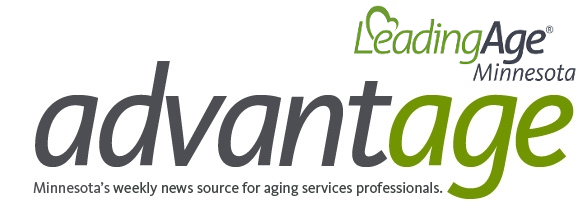June 19, 2019
MDH Updates Regulations for TB Control
On June 18, 2019 by Sue Boyd
The Minnesota Department of Health (MDH) has updated the Tuberculosis (TB) regulations page for health care settings with the latest Centers for Disease Control and Prevention (CDC) guidance, the updated Facility Tuberculosis Risk Assessment Worksheet for Licensed Health Care Settings, and the notice of the Nationwide Shortage of Tuberculin Skin Test Antigens that includes the department’s recommendations for prioritizing tuberculin use in specific settings.
Effective June 10, 2019:
MDH no longer uses a Minnesota-specific algorithm to determine the settings TB risk level. MDH has updated the Facility Tuberculosis (TB) Risk Assessment Worksheet for Health Care Settings Licensed by the MDH. This worksheet can be used by the following settings: boarding care homes, home care providers, hospices, nursing homes, outpatient surgical centers, and supervised living facilities.
Settings licensed by MDH will no longer be required to do annual TB screenings of health care personnel to remain in regulatory compliance with MDH, regardless of the TB risk classification. This is in accordance with new guidance: Tuberculosis Screening, Testing, and Treatment of U.S. Health Care Personnel: Recommendations from the National Tuberculosis Controllers Association and CDC, 2019.
Much of the new guidance remains unchanged compared with the previous CDC recommendations from 2005, however there are a few important new changes including:
- Discontinue serial (e.g. annual) screening and testing of TB infection after the baseline screening for most health care personnel.
- Consider continuing serial TB screenings for personnel at increased occupational risk of TB exposure. These groups include, but are not limited to:
- Pulmonologists or respiratory therapists.
- Settings in which there is ongoing exposure to Mycobacterium tuberculosis complex, such as TB clinics or laboratories.
- Settings in which screening requirements are outlined by state statute, such as correctional facilities.
- Settings where there was evidence of transmission (either in staff, volunteers, residents, or guests) that occurred in the past, such as emergency departments, homeless shelters, home care agencies, nursing homes, and hospices.
- Post-exposure screening and testing is still required whenever health care personnel have had known exposure to a person with potentially infectious TB disease without the use of adequate personal protection.
- Conduct a new baseline (preplacement) individual TB risk assessment to accompany previously required baseline TB screening test (for those without documented prior TB disease or latent TB infection) and TB symptom assessment.
- The new risk assessment assists in test interpretation.
- A new emphasis on TB exposure risks (both inside and outside of health care facilities), and symptoms of TB as part of previously required annual TB education for all health care personnel.
- Personnel who feel they may have had an occupational or nonoccupational exposure to TB following their baseline screening should be encouraged to discuss possible exposures with their primary care provider or occupational health clinician.
- A new strong recommendation to treat all health care personnel with untreated latent TB infection unless medically contraindicated.
MDH is in the process of updating the Regulations for Tuberculosis Control in Minnesota Health Care Settings to reflect these changes. You can visit the MDH Regulations for TB Control in Minnesota Health Care Settings website page to find the changes and updates.
A few clarifying questions were asked of MDH on the new TB guidance and here are the responses.
How do we determine if a center needs to continue to do the annual/serial testing for all or some employees?
Regardless of what the risk level classification is, we are no longer requiring annual/serial testing. Serial testing is no longer based on the location of the facility and statistical regional data. However, CDC recommends certain provider groups or settings may have (or have had) non-protected exposure to active TB patient(s) should consider annual screening. I would advise settings to look at the facility risk level and make sure that their infection control practices meet the need of their risk level. In looking at possible annual screening of certain employees, consider how many active TB patients have been in the setting (as opposed to looking at employees that do a certain risky occupation but with all negative residents).
How will the above impact the facilities need to do annual facility risk assessment?
Settings should still do the annual risk assessment worksheet (the current one posted with 2018 data). Again, they don’t need to do annual screening, but they still need to be mindful of making sure their current levels of infection control meet their risk level classification. And the worksheet helps them document their TB control plan.
See this week’s Advantage article on MDH Recommendations for the Use of Tuberculin During Nationwide Shortage, which includes recommendations for prioritizing tuberculin use in assisted living, home care, boarding care, nursing home, supervised living facilities and supplemental nursing services.
To receive alerts and updates from the MDH TB Program, subscribe to What’s New – MD TB Program.
